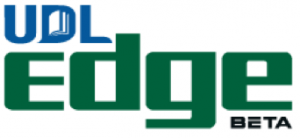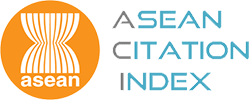THE CHALLENGES OF HUMAN RIGHTS IN THE ERA OF ARTIFICIAL INTELLIGENCE
DOI:
https://doi.org/10.32890/uumjls2025.16.1.9Abstract
In an era in which Artificial Intelligence (AI) has brought about tremendous technical advancements that can significantly impact operations and interactions in society, it is crucial to seriously think about the issue of human rights in relation to the applications of AI. The increasingly widespread use of artificial intelligence (AI) presents significant obstacles to the protection of human rights, since it questions the core concept of human supremacy over other living organisms. Given the growing incorporation of AI technology in our daily lives, it is crucial to comprehensively assess the influence of AI on human rights. This article examines the crucial significance of human rights in the era of AI, investigating the potential outcomes of AI’s impact on these rights and the worldwide efforts aimed at safeguarding them. It examines the transformative impact of AI, ethical considerations, and potential disruptions across economic, social, and political spheres. This article discusses how AI challenges traditional human rights frameworks like the UDHR, and will emphasise the urgent need for updated legal and ethical frameworks, as well as global collaboration aimed at protecting human rights in this era of AI. Furthermore, it considers the potential of the first internationally binding convention on AI, the AI Convention. Using comparative legal, formal legal and descriptive methods, the analysis shows that AI may undermine the exercise of several human rights. The focus is on integrating legal and ethical factors to ensure the responsible implementation of AI technology and in ensuring that AI technology benefits all of humanity.
Additional Files
Published
Issue
Section
License
Copyright (c) 2025 UUM Journal of Legal Studies

This work is licensed under a Creative Commons Attribution 4.0 International License.










